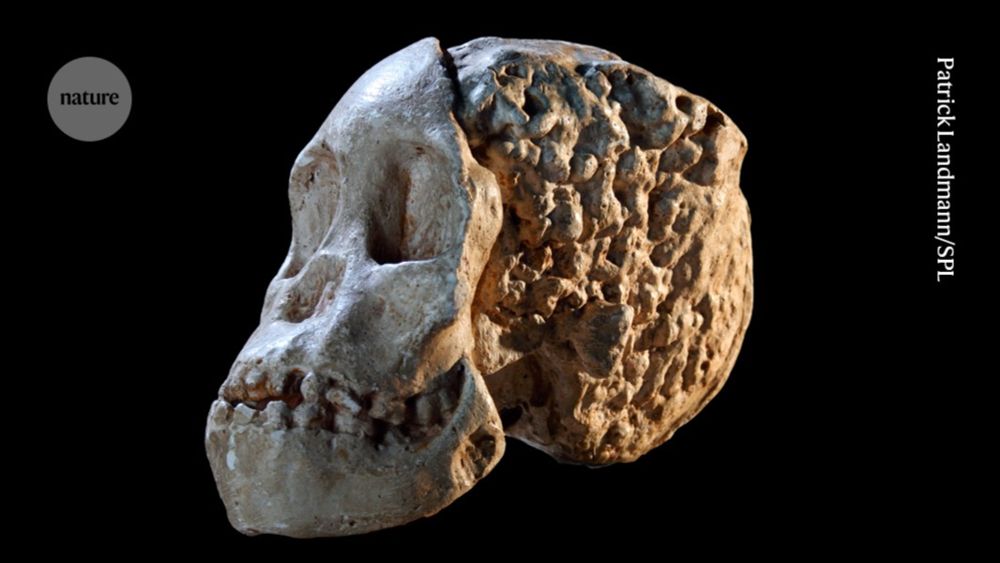
@nature.com
🧪 #MedSky
www.nature.com/articles/d41...
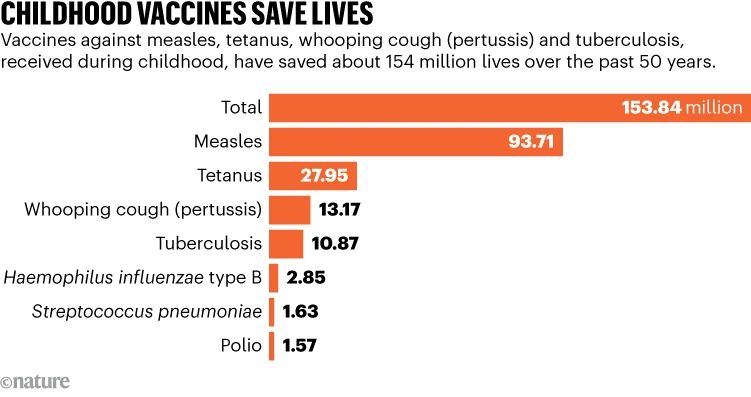
@nature.com
🧪 #MedSky
www.nature.com/articles/d41...
The first map of mitochondrial phenotypes provides a foundation for exploring the molecular energetic landscape of a normal brain.
It turns out that the human brain contains diverse mitochondrial phenotypes driven by topology & cell types
🧪
www.nature.com/articles/s41...
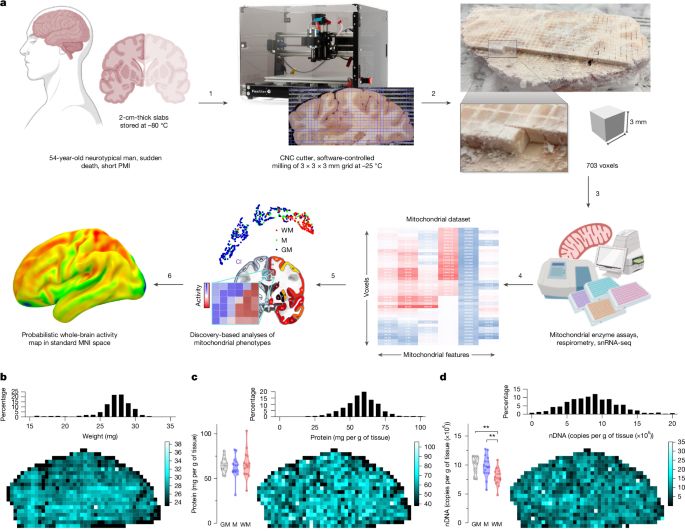
The first map of mitochondrial phenotypes provides a foundation for exploring the molecular energetic landscape of a normal brain.
It turns out that the human brain contains diverse mitochondrial phenotypes driven by topology & cell types
🧪
www.nature.com/articles/s41...
This is a competition for scientists themselves.
Winners will receive £500, a subscription to Nature & have their photo featured alongside an interview in Nature.
Deadline - March 28th
@nature.com
www.nature.com/immersive/sc...
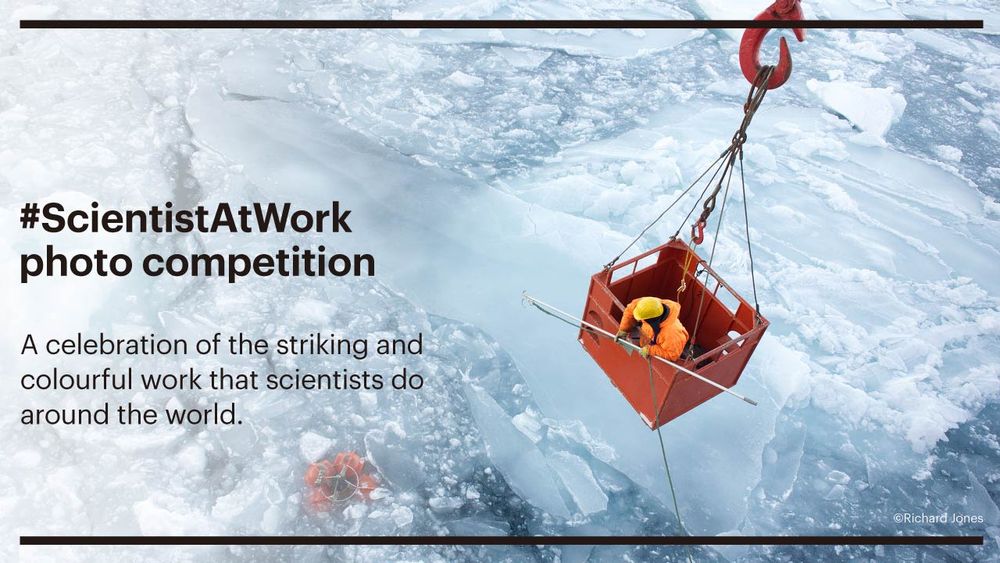
This is a competition for scientists themselves.
Winners will receive £500, a subscription to Nature & have their photo featured alongside an interview in Nature.
Deadline - March 28th
@nature.com
www.nature.com/immersive/sc...
@nature.com @natureportfolio.nature.com
🧪
www.nature.com/articles/d41...
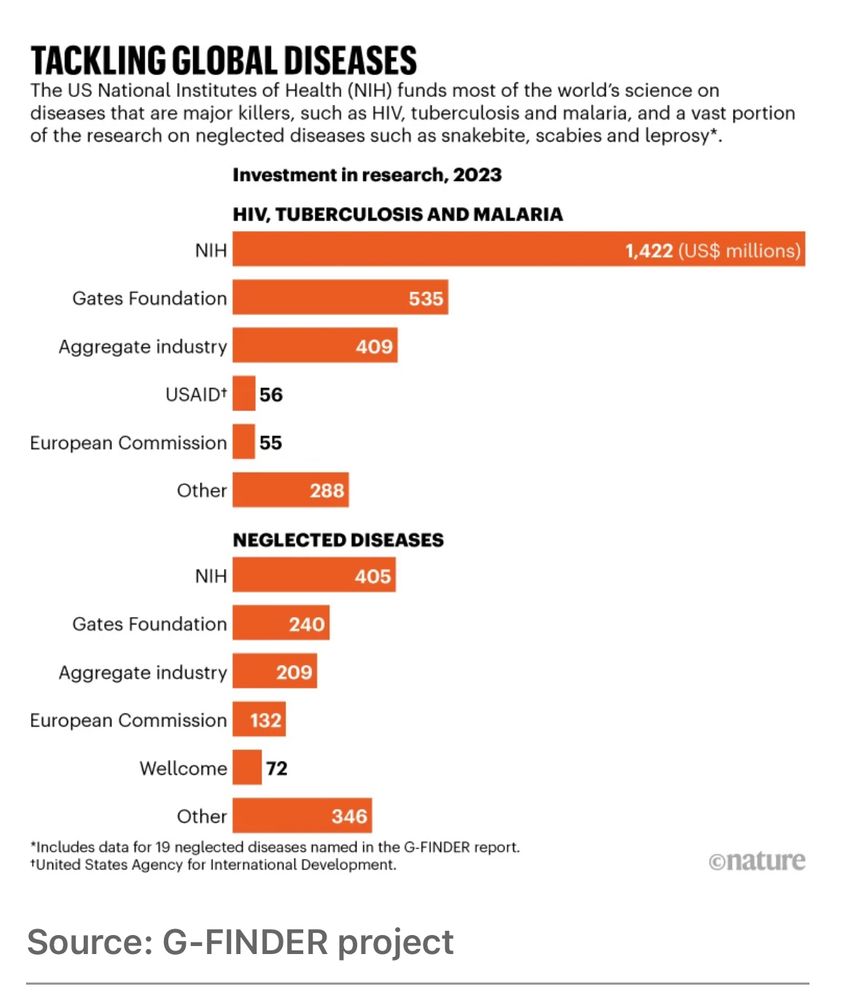
@nature.com @natureportfolio.nature.com
🧪
www.nature.com/articles/d41...
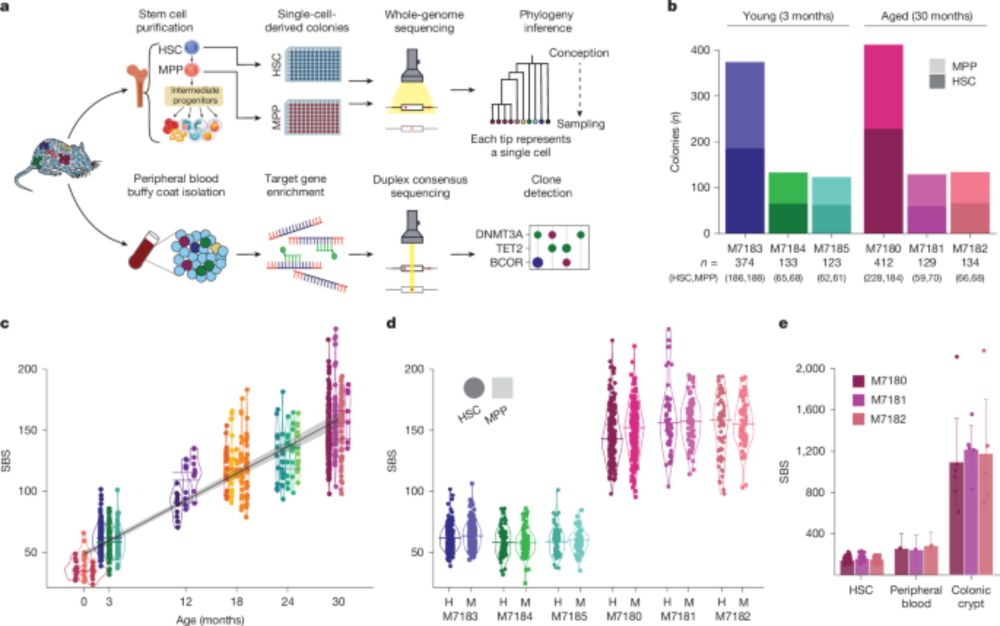

Lack of screening and limited treatment options mean that low- and middle-income countries face higher death rates despite having fewer cases than wealthier nations
🧪 #MedSky
@nature.com
www.nature.com/articles/d41...
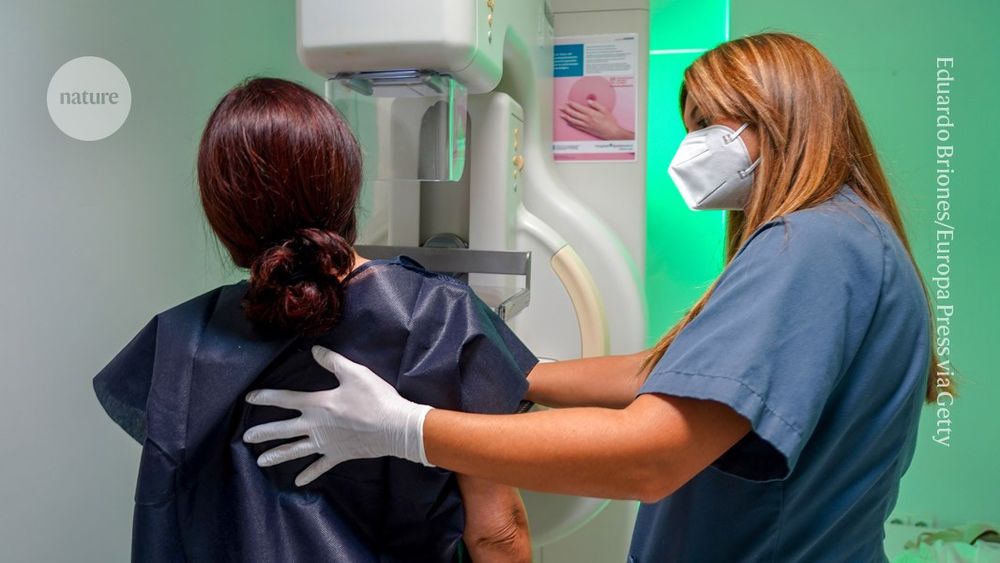
Lack of screening and limited treatment options mean that low- and middle-income countries face higher death rates despite having fewer cases than wealthier nations
🧪 #MedSky
@nature.com
www.nature.com/articles/d41...


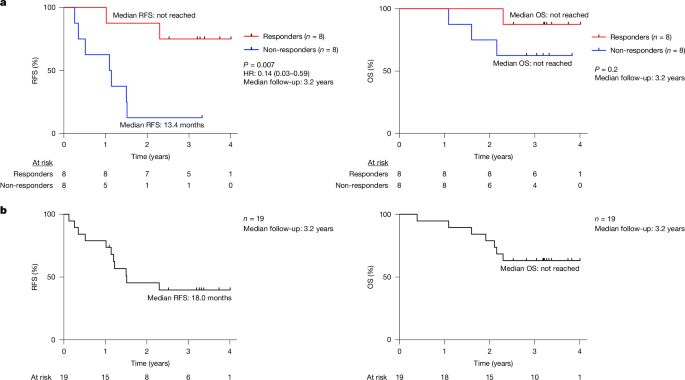
Trump administration to cut billions in medical research funding
🧪 #AcademicSky
www.theguardian.com/us-news/2025...
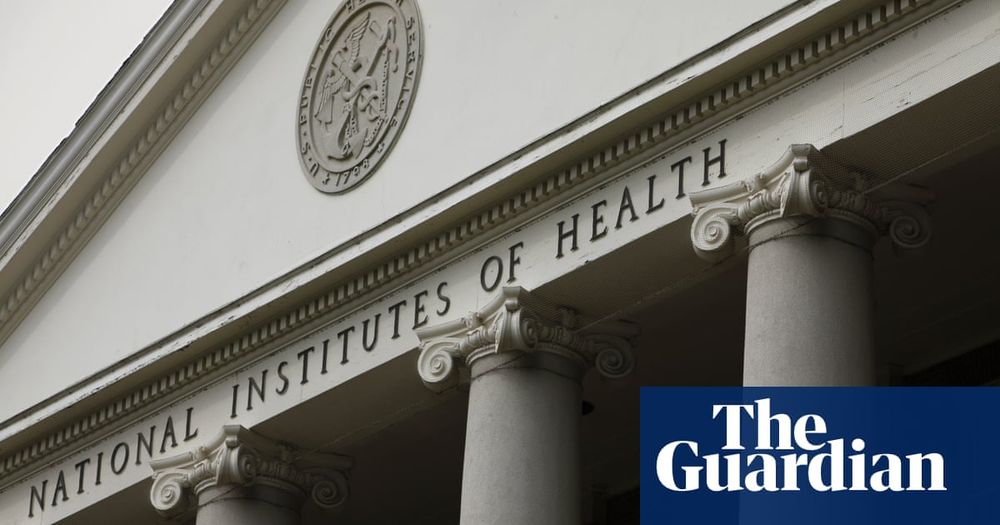
Trump administration to cut billions in medical research funding
🧪 #AcademicSky
www.theguardian.com/us-news/2025...
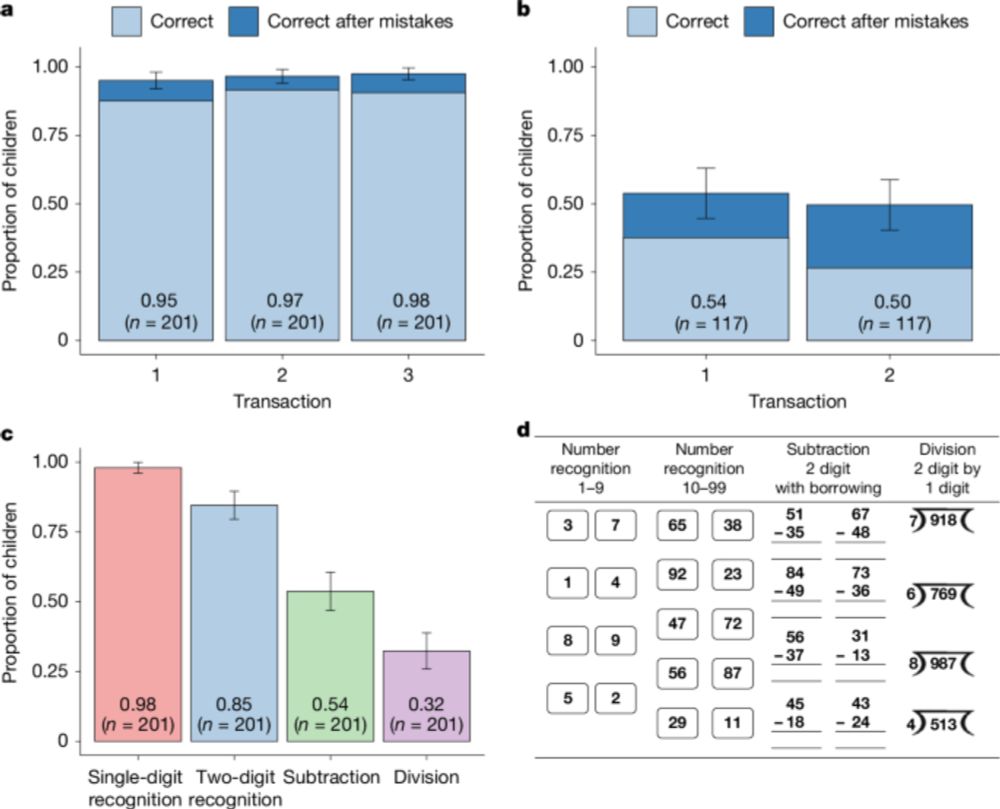
@nature.com 🧪
www.nature.com/articles/d41...
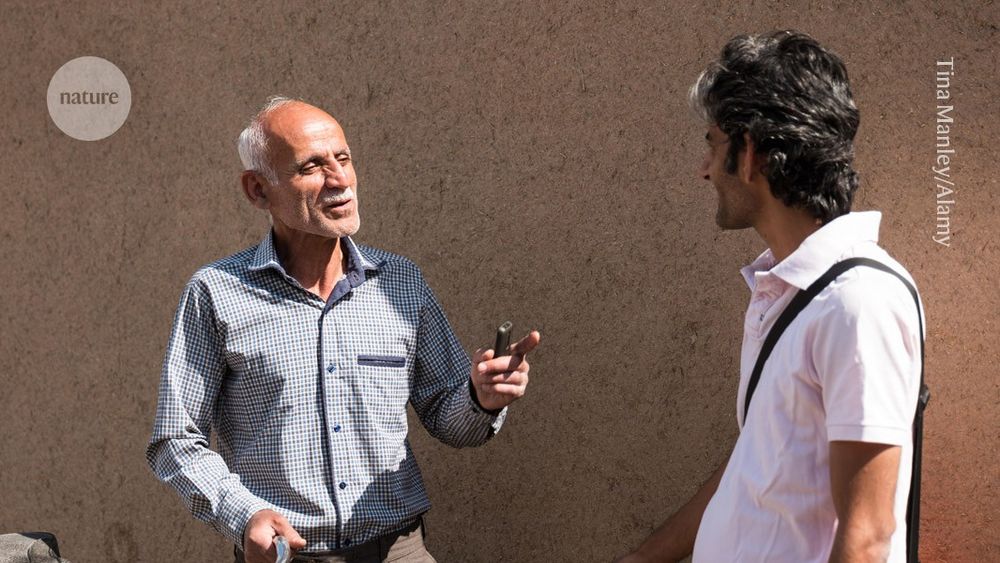
@nature.com 🧪
www.nature.com/articles/d41...
www.nature.com/articles/s41...

www.nature.com/articles/s41...
www.nature.com/articles/s41...
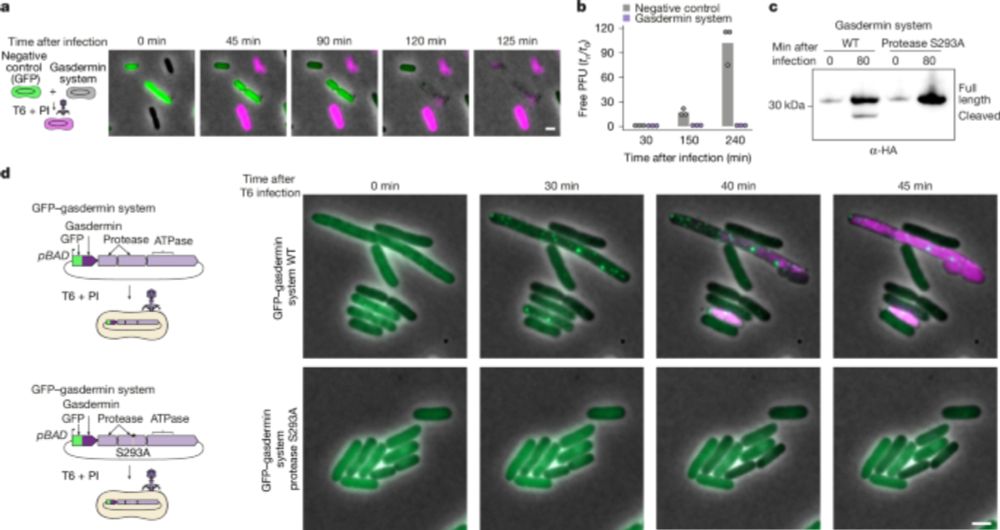
www.nature.com/articles/s41...
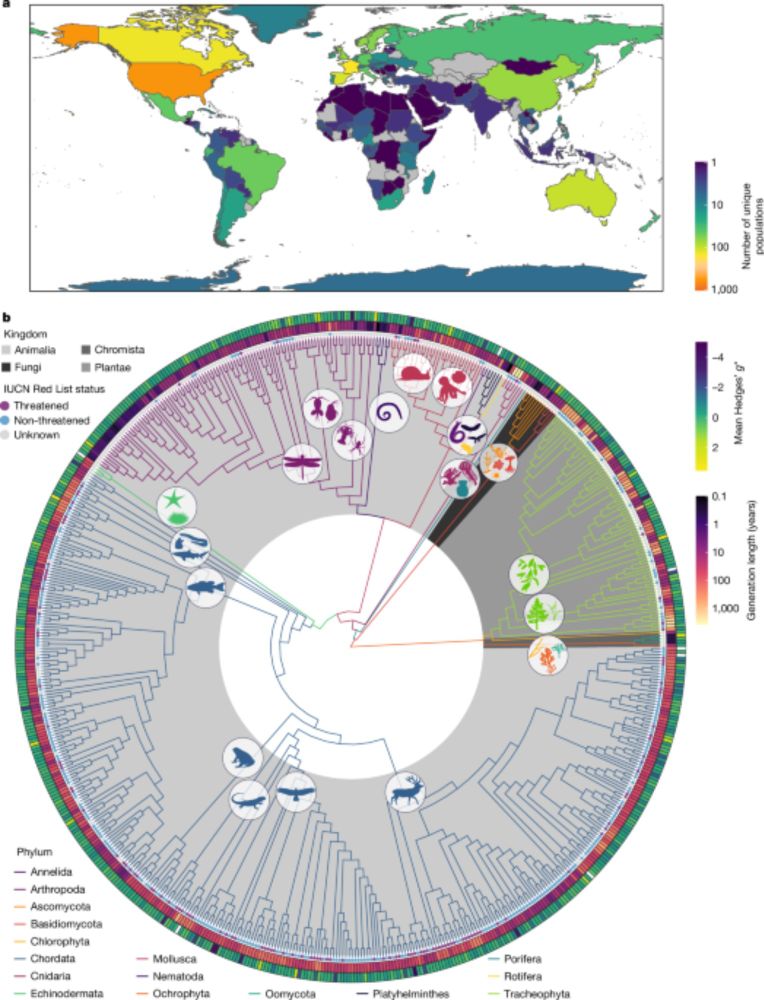
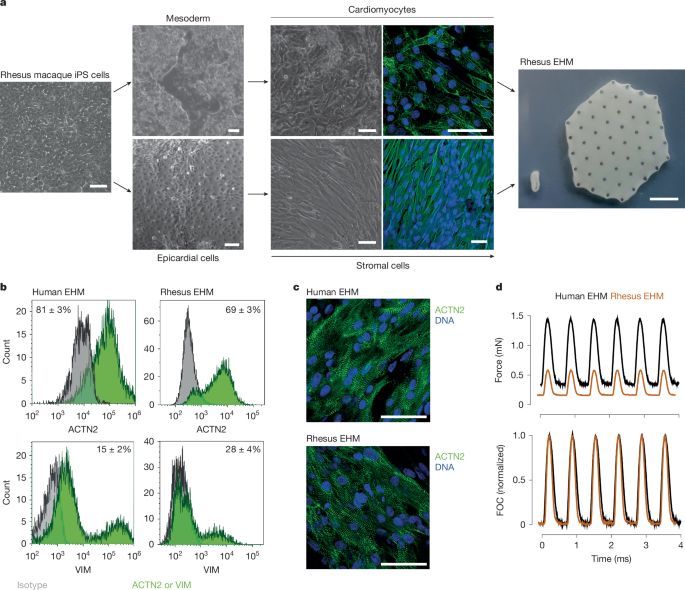
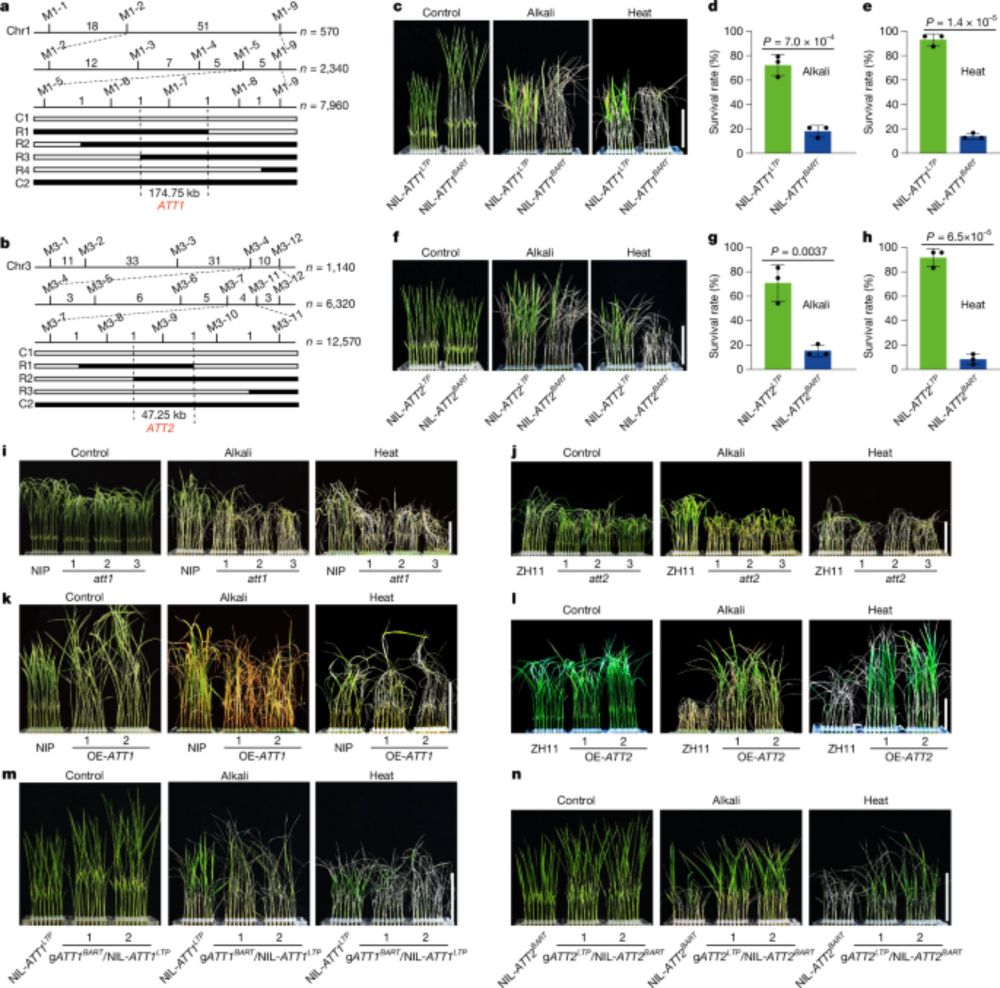
https://go.nature.com/4h7FCbA

https://go.nature.com/4h7FCbA
🧪
@natureportfolio.bsky.social
www.nature.com/collections/...
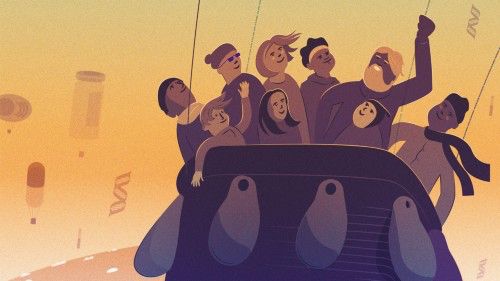
🧪
@natureportfolio.bsky.social
www.nature.com/collections/...
www.nature.com/articles/s41... 🧪
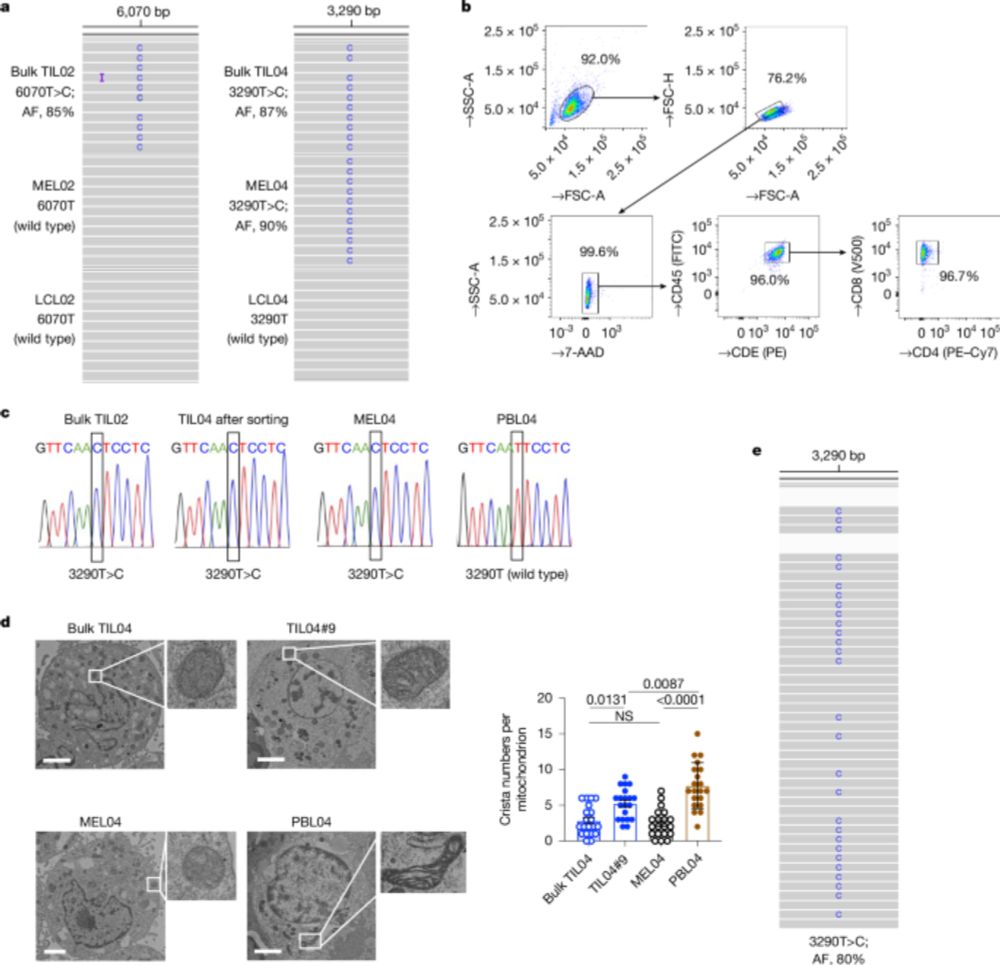
www.nature.com/articles/s41... 🧪
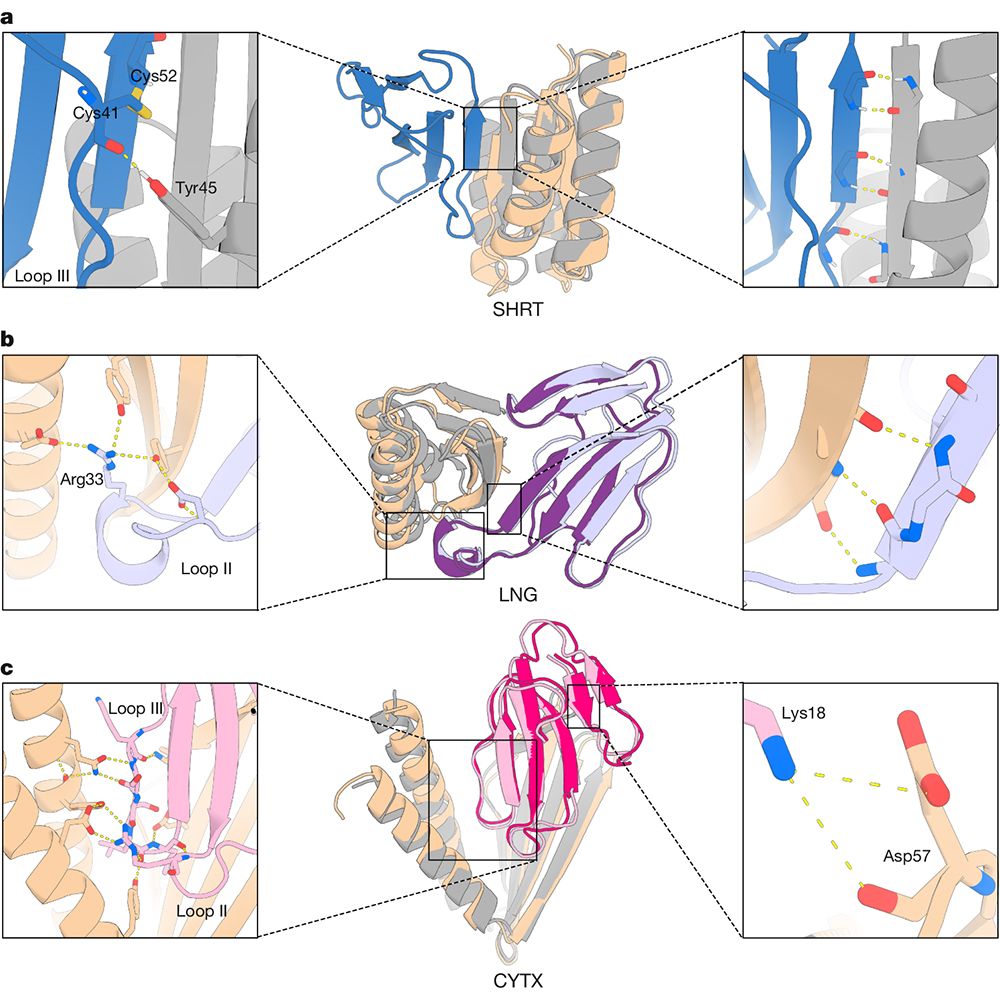
https://go.nature.com/42tH8Ai
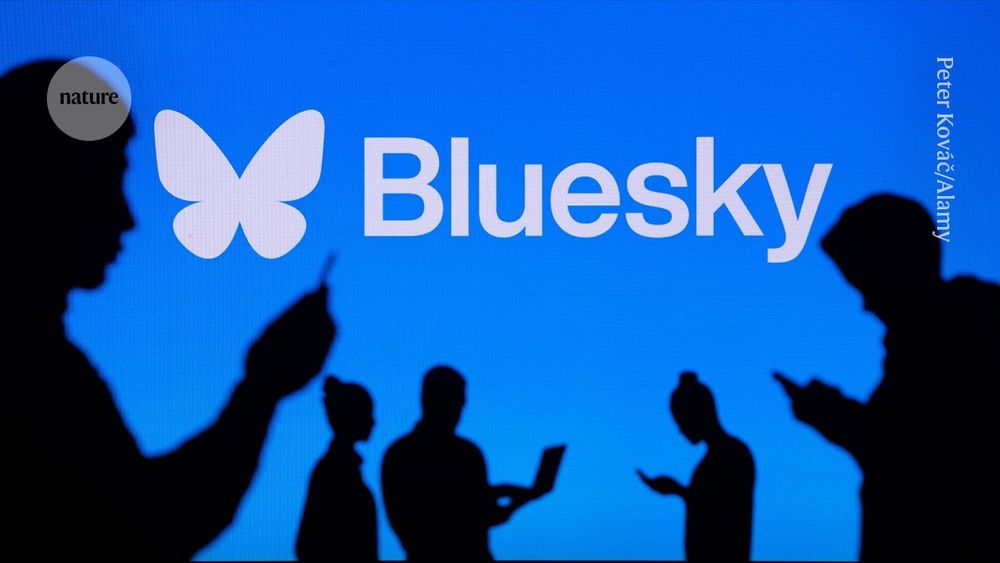
https://go.nature.com/42tH8Ai


